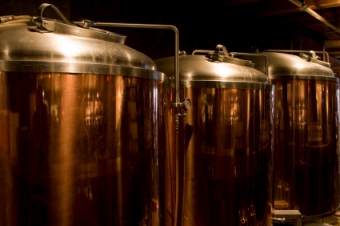Ok, so my brew buddy came across a ten gallon copper still today. He is going to pick it up tomorrow. It is a steal at $125 from what I can tell online. My question is "what can we do with this". We are both new only 4 batches in. Any ideas?
I know this is at the bottom!
Well, I was not thinking of shine. The thought did at one time cross my mind. I looked into it. Well as we all know, not so legal. I happen to have a job that illegal things can cost me that paycheck. So with that said I am sticking to beer, the legal aspect of alcohol. I will post a pic of exactly what it looks like when he gets it. Maybe help with the ideas. I was thinking of a brew kettle, also was wondering about fermentation? Is the copper good/bad/or indifferent? I know I can find some use for a 10 gallon something.
Please stick to beer topics! I don't want this topic to be removed, shine is not my goal here!
I know this is at the bottom!
Well, I was not thinking of shine. The thought did at one time cross my mind. I looked into it. Well as we all know, not so legal. I happen to have a job that illegal things can cost me that paycheck. So with that said I am sticking to beer, the legal aspect of alcohol. I will post a pic of exactly what it looks like when he gets it. Maybe help with the ideas. I was thinking of a brew kettle, also was wondering about fermentation? Is the copper good/bad/or indifferent? I know I can find some use for a 10 gallon something.
Please stick to beer topics! I don't want this topic to be removed, shine is not my goal here!





